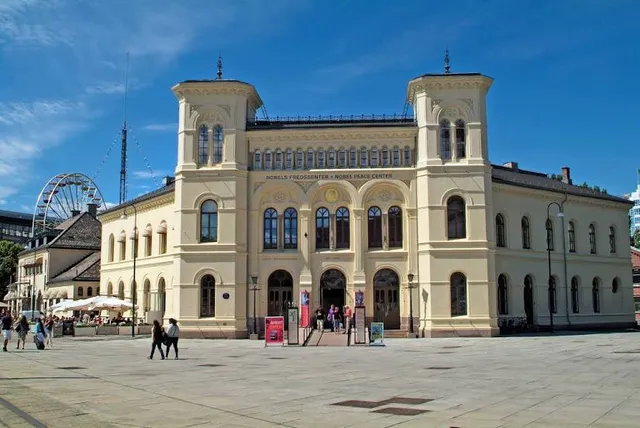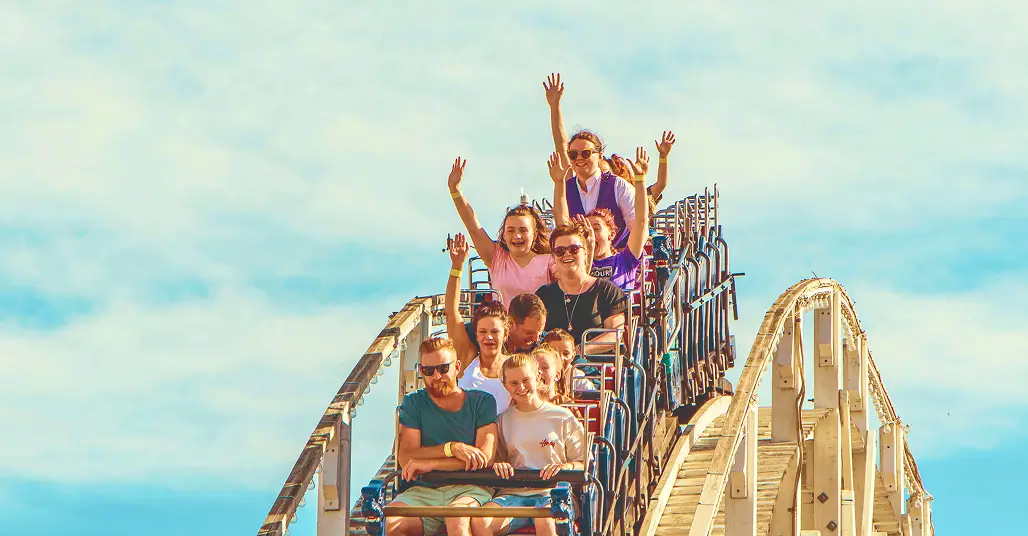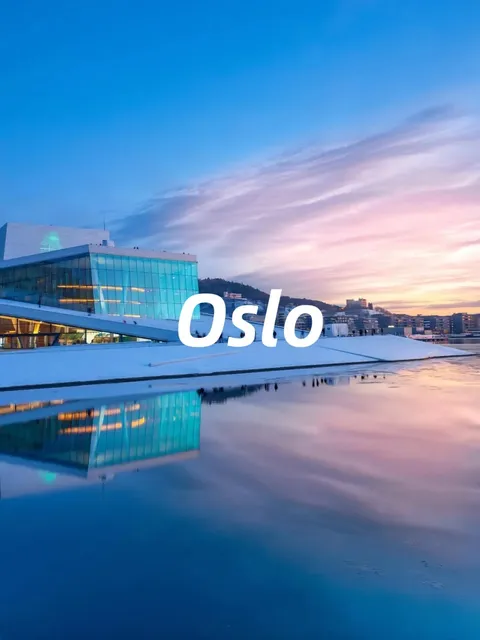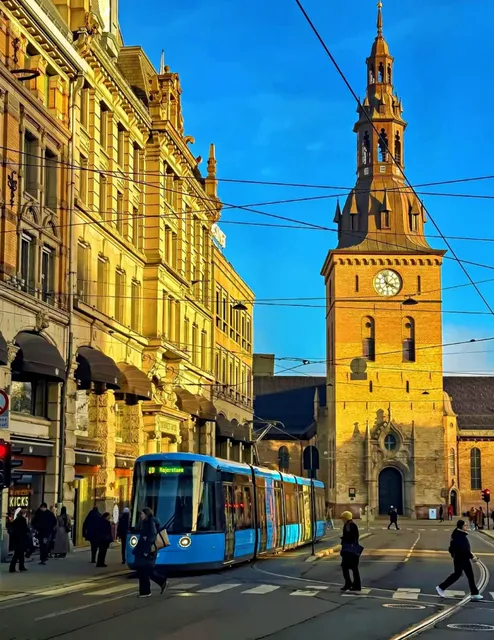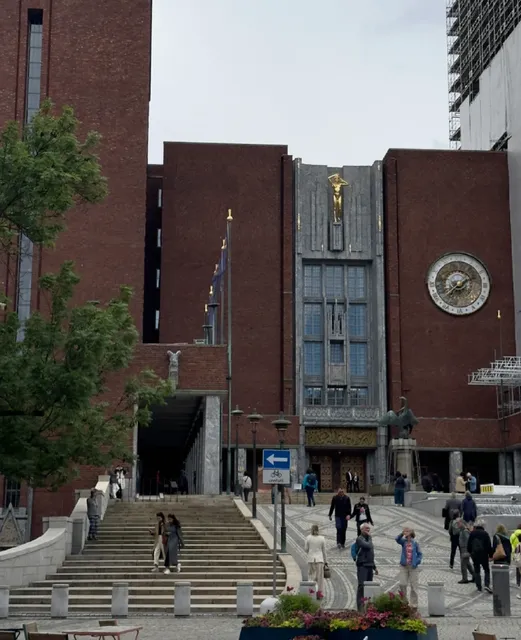Nobel Peace Center things to do, attractions, restaurants, events info and trip planning
Basic Info
Nobel Peace Center
Brynjulf Bulls plass 1, 0250 Oslo, Norway
4.4(2.2K)
Open 24 hours
Save
spot
spot
Ratings & Description
Info
The Nobel Peace Center in Oslo, Norway, is a showcase for the Nobel Peace Prize and the ideals it represents. The center is also an arena where culture and politics merge to promote involvement, debate and reflection around topics such as war, peace and conflict resolution.
Cultural
Accessibility
attractions: The National Museum, Oslo City Hall, Oslo Concert Hall, The Viking Planet, National Theatre, Stasjonsmesterboligen, Nasjonalmuseets administrasjon, House of Oslo, Spikersuppa Ice Skating Rink, Akershus Fortress, restaurants: Olivia Aker Brygge, ASIA Aker Brygge, Brasilia Oslo, Louise Restaurant & Bar, Latter, Lekter'n, Delicatessen Aker Brygge, THE SAUSAGE FACTORY & THE WILD FACTORY, T.G.I. Fridays - Aker brygge, Der Peppern Gror Rådhusplassen
 Learn more insights from Wanderboat AI.
Learn more insights from Wanderboat AI.Phone
+47 48 30 10 00
Website
nobelpeacecenter.org
Plan your stay

Pet-friendly Hotels in Oslo
Find a cozy hotel nearby and make it a full experience.

Affordable Hotels in Oslo
Find a cozy hotel nearby and make it a full experience.

The Coolest Hotels You Haven't Heard Of (Yet)
Find a cozy hotel nearby and make it a full experience.

Trending Stays Worth the Hype in Oslo
Find a cozy hotel nearby and make it a full experience.
Reviews
Nearby attractions of Nobel Peace Center
The National Museum
Oslo City Hall
Oslo Concert Hall
The Viking Planet
National Theatre
Stasjonsmesterboligen
Nasjonalmuseets administrasjon
House of Oslo
Spikersuppa Ice Skating Rink
Akershus Fortress
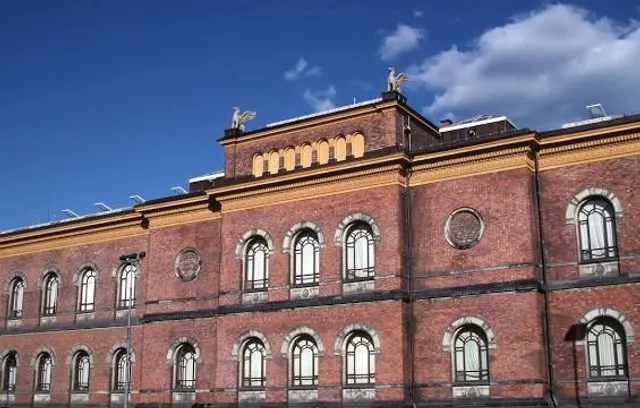
The National Museum
4.6
(3.5K)
Open 24 hours
Click for details
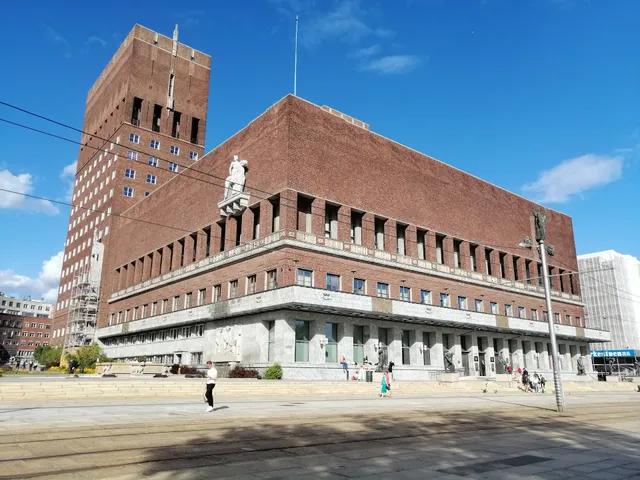
Oslo City Hall
4.6
(996)
Open 24 hours
Click for details
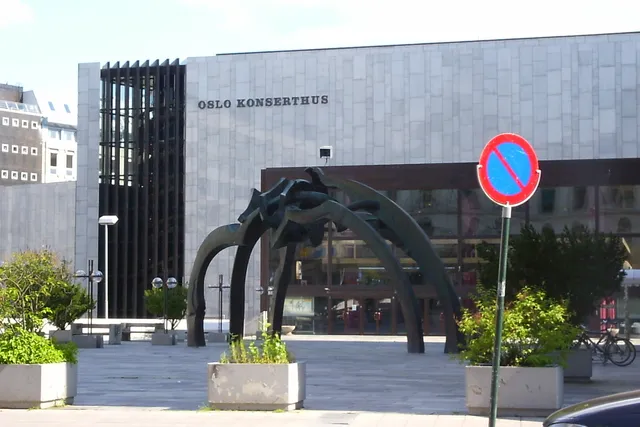
Oslo Concert Hall
4.5
(1.0K)
Open 24 hours
Click for details
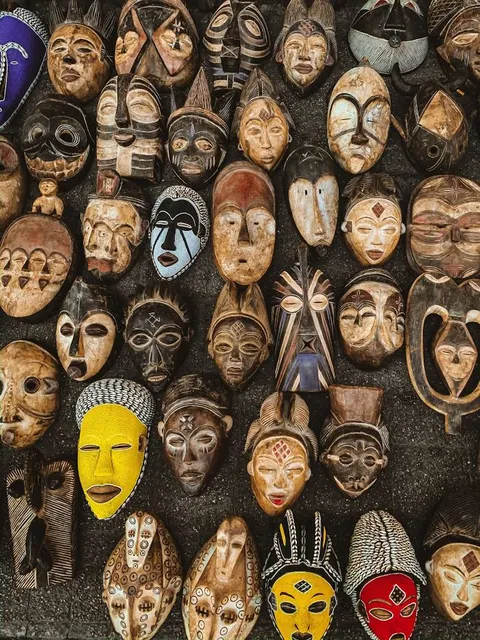
The Viking Planet
4.2
(968)
Open 24 hours
Click for details
Things to do nearby
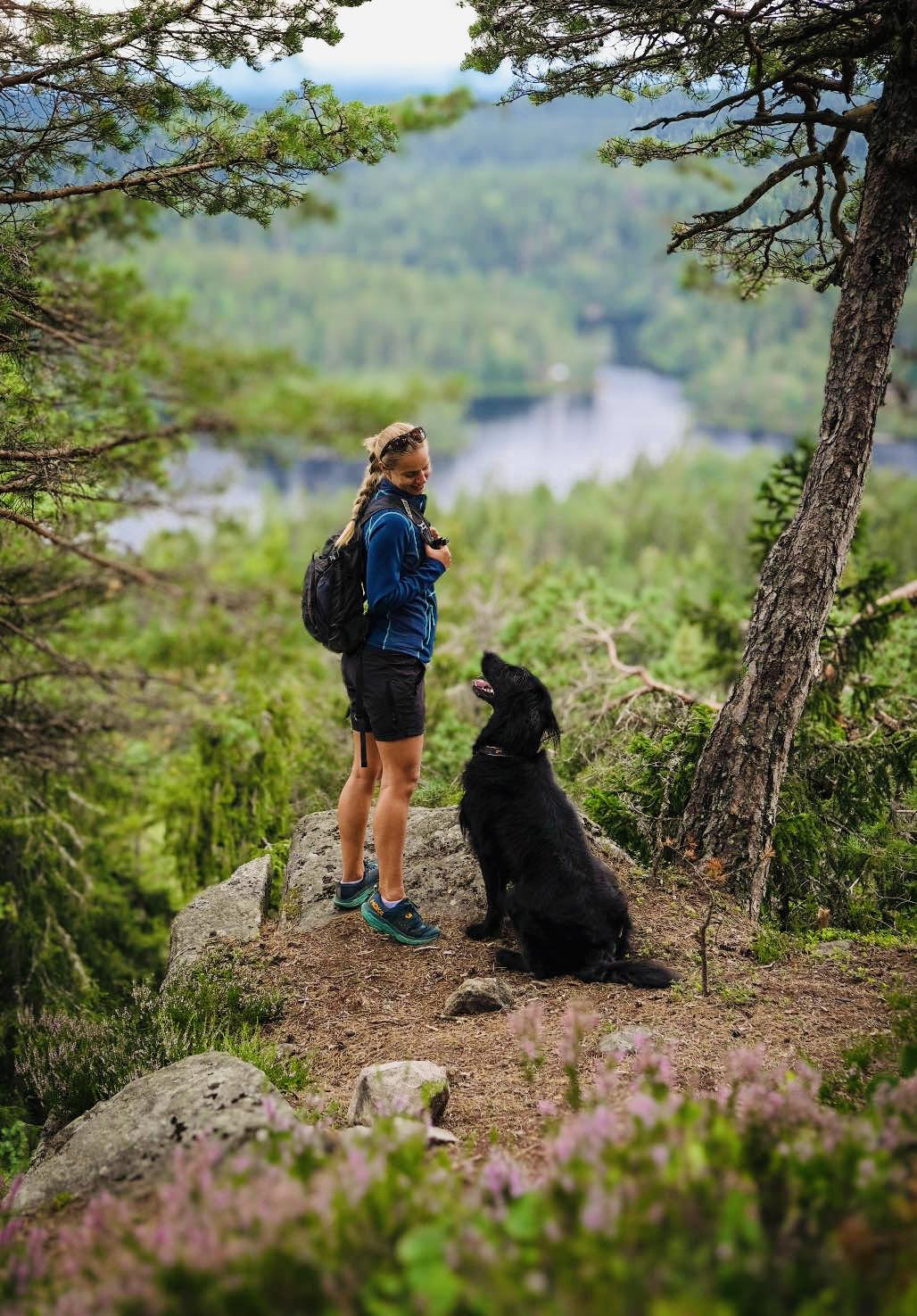
Winter wonderland forest hike & campfire with dog
Sat, Jan 3 • 10:00 AM
1410, Nordre Follo, Norway
View details

Glide silently among fjords and city landmarks
Sat, Jan 3 • 10:00 AM
0160, Oslo, Norway
View details
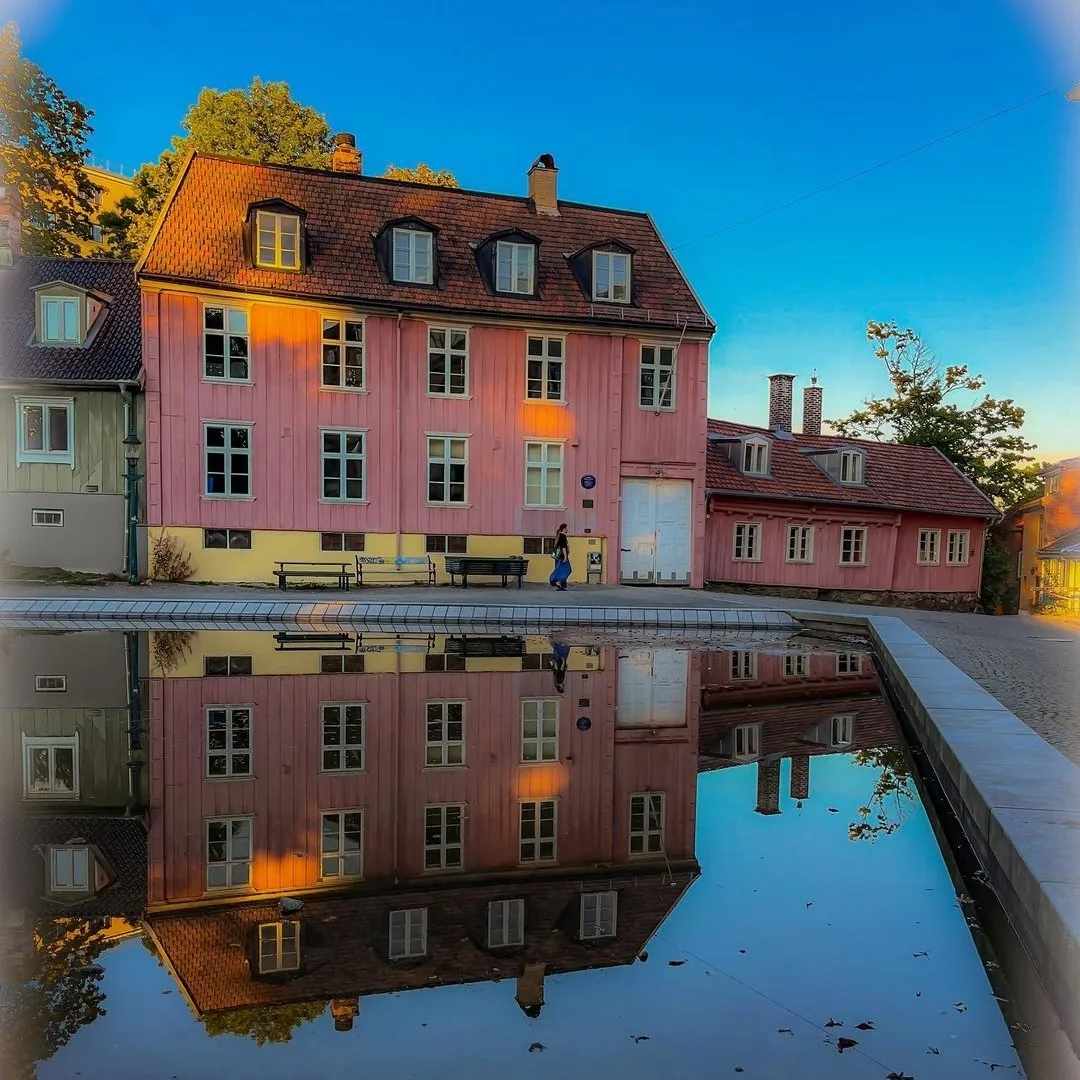
Norwegian Food Tour & Hidden Gems of Oslo CityWalk
Sat, Jan 3 • 12:00 PM
0154, Oslo, Norway
View details
Nearby restaurants of Nobel Peace Center
Olivia Aker Brygge
ASIA Aker Brygge
Brasilia Oslo
Louise Restaurant & Bar
Latter
Lekter'n
Delicatessen Aker Brygge
THE SAUSAGE FACTORY & THE WILD FACTORY
T.G.I. Fridays - Aker brygge
Der Peppern Gror Rådhusplassen
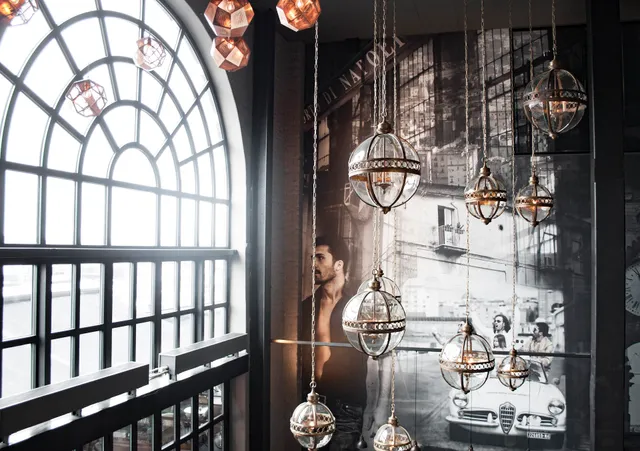
Olivia Aker Brygge
4.2
(2.4K)
$$
Click for details
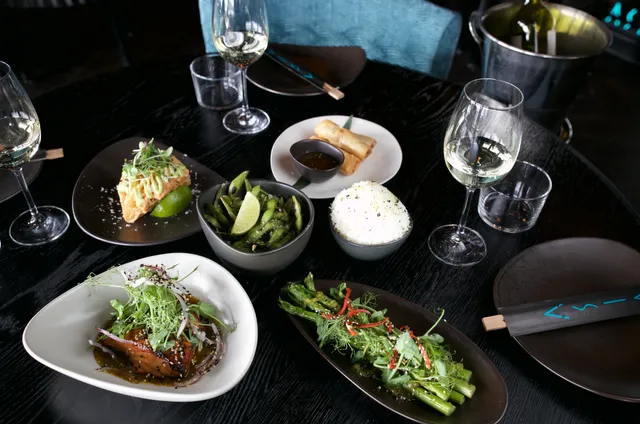
ASIA Aker Brygge
4.1
(1.1K)
$$
Click for details
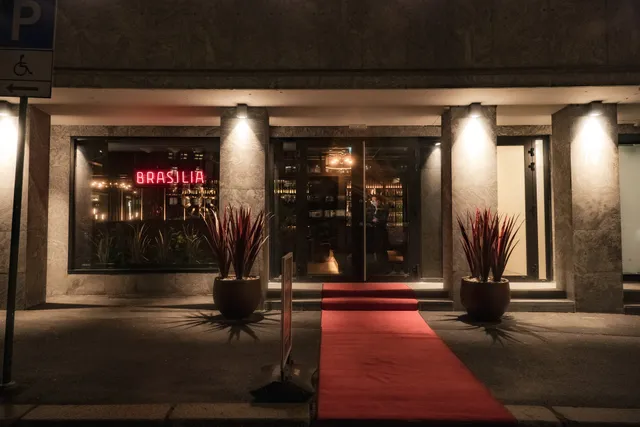
Brasilia Oslo
4.4
(960)
$$
Click for details
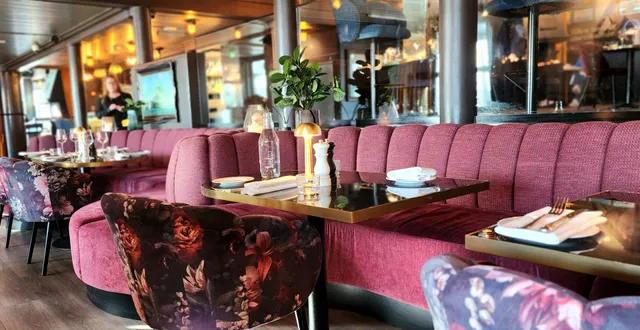
Louise Restaurant & Bar
4.3
(2.1K)
$$$
Click for details
